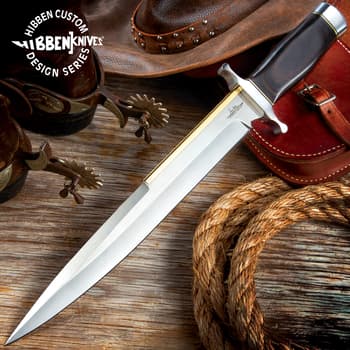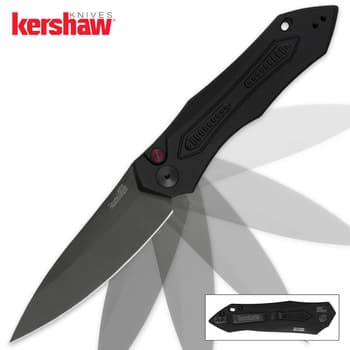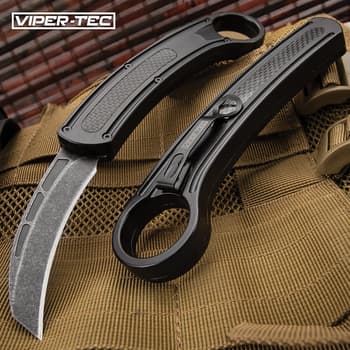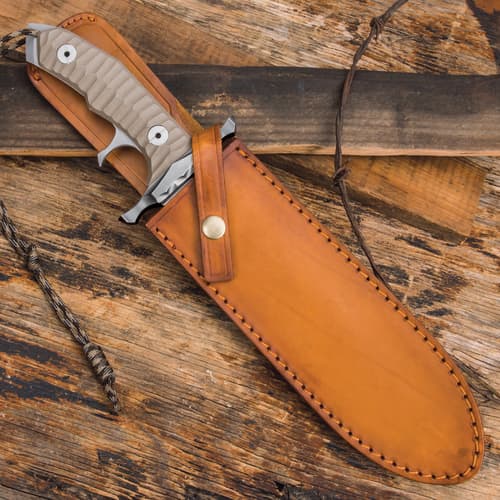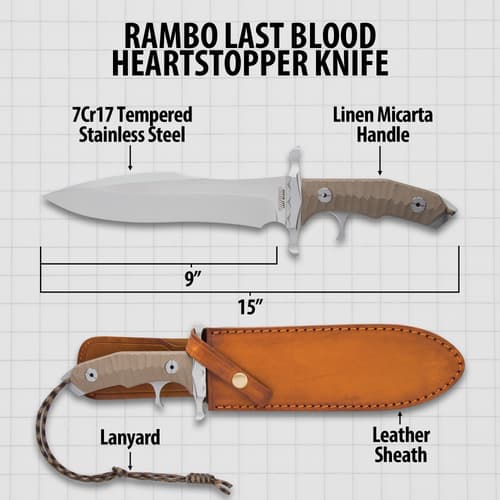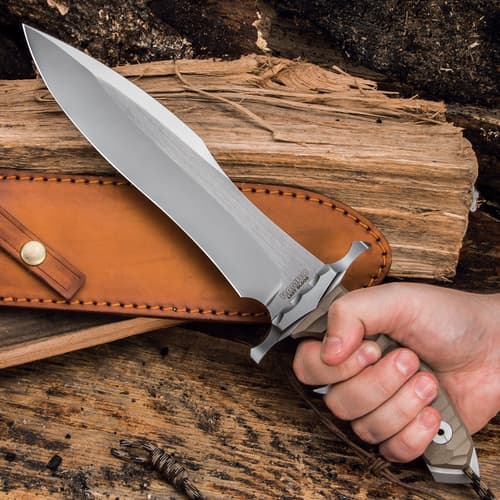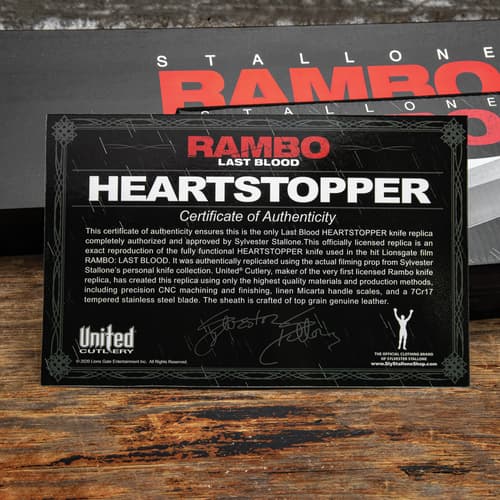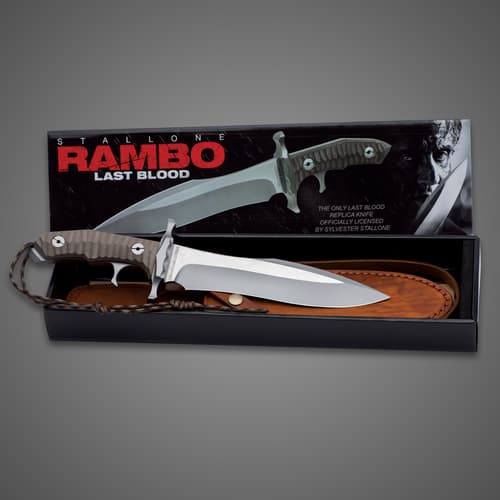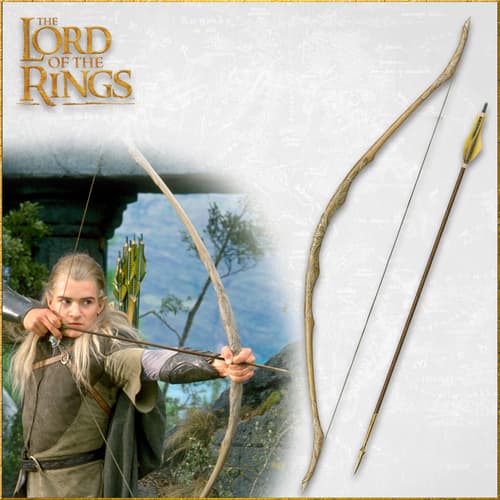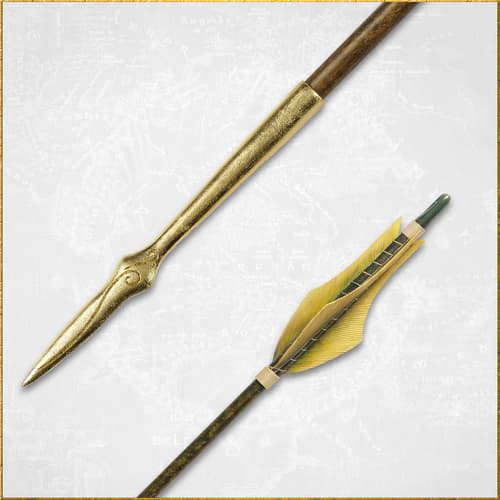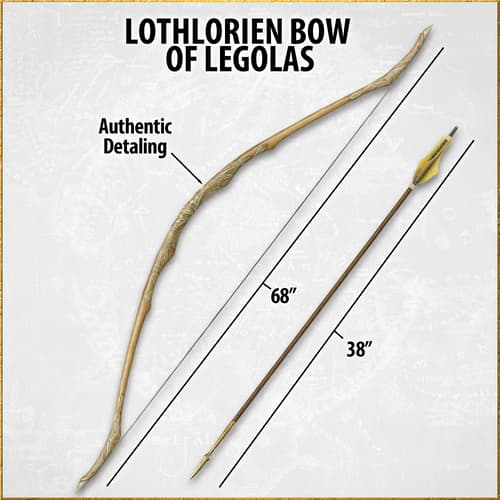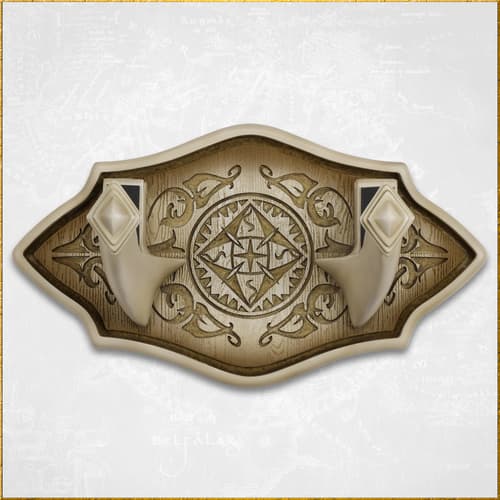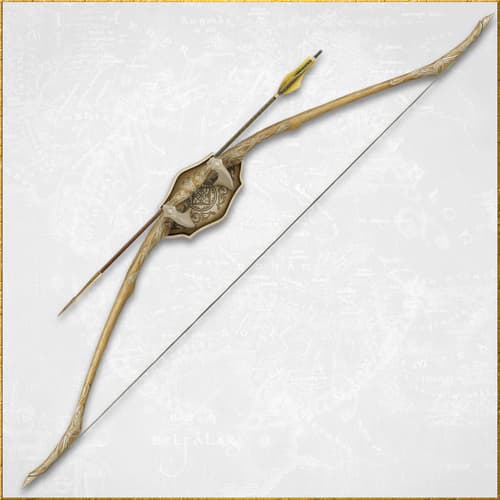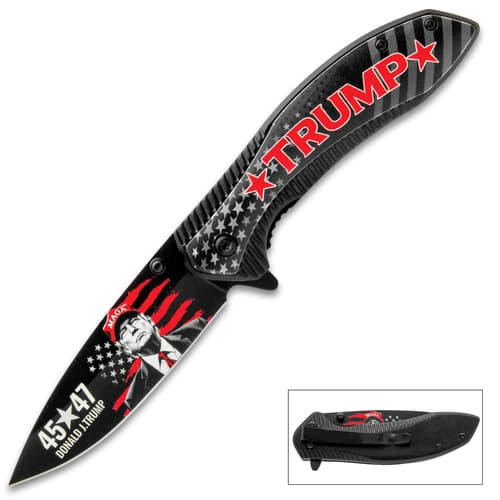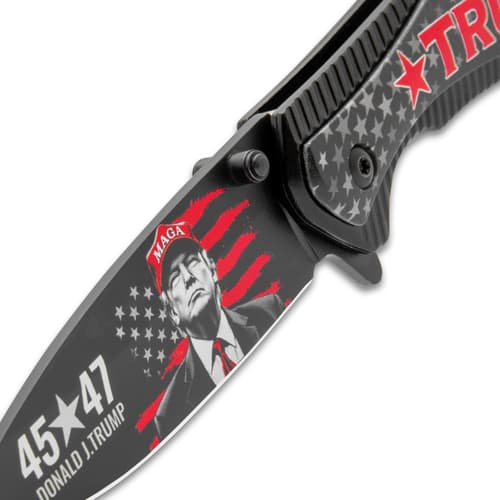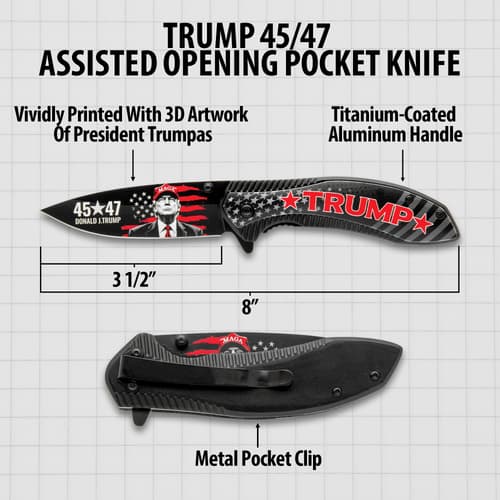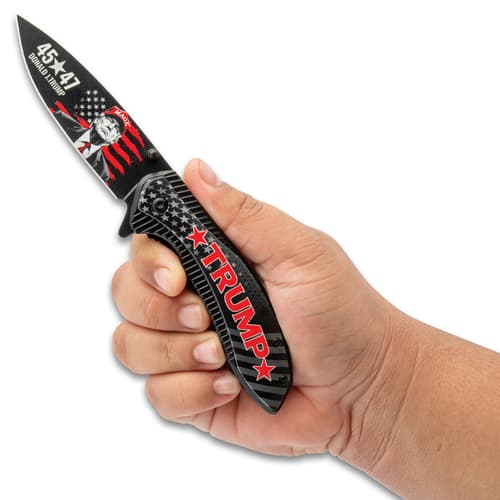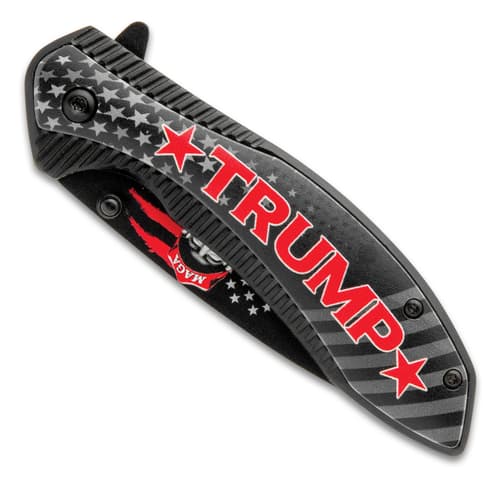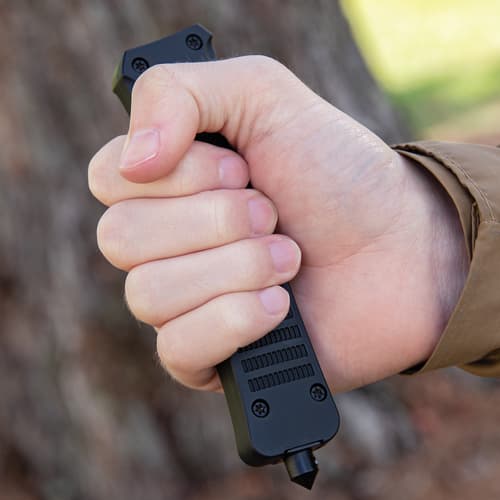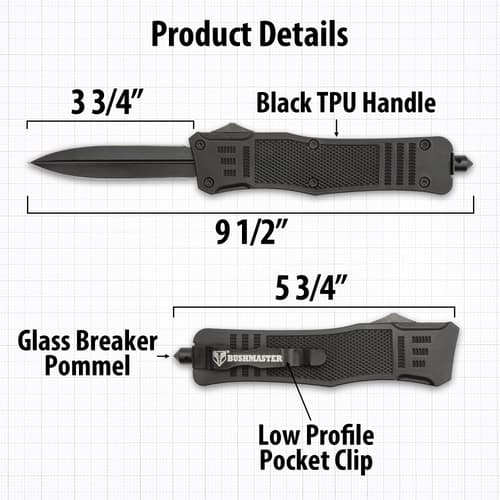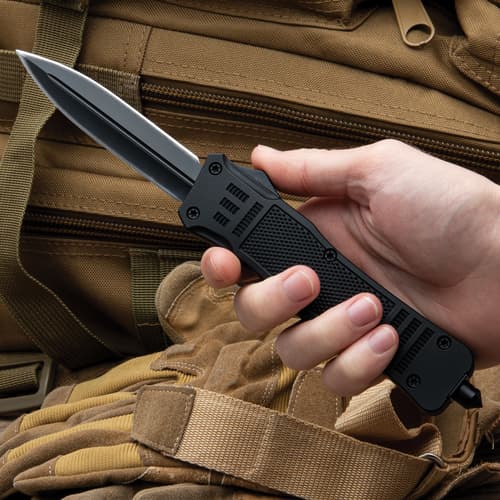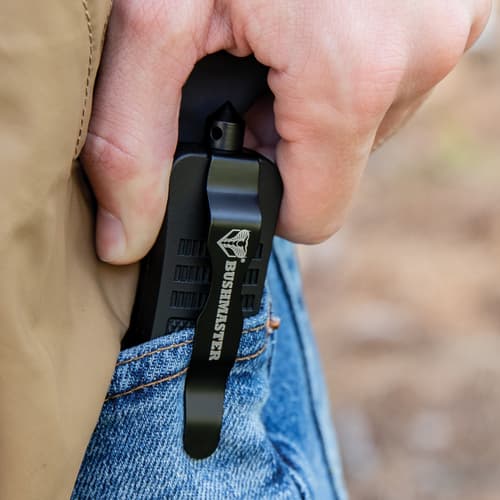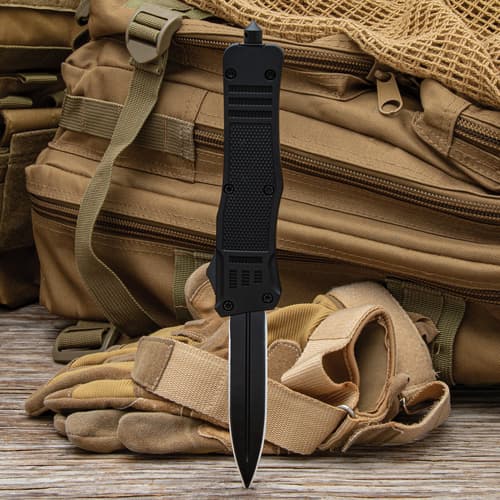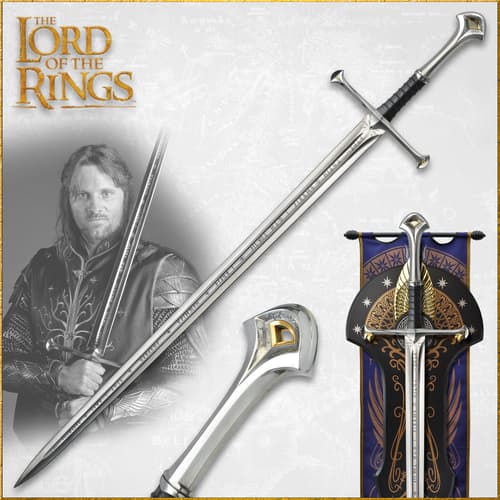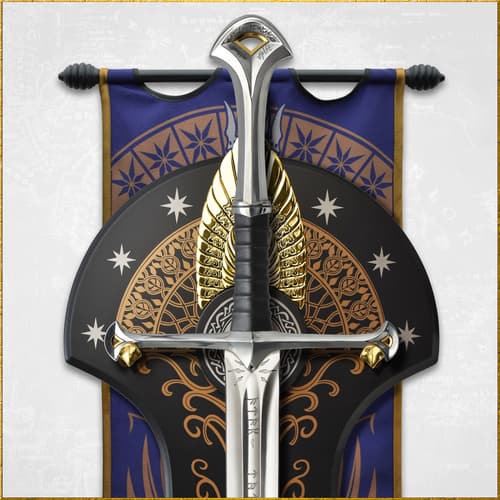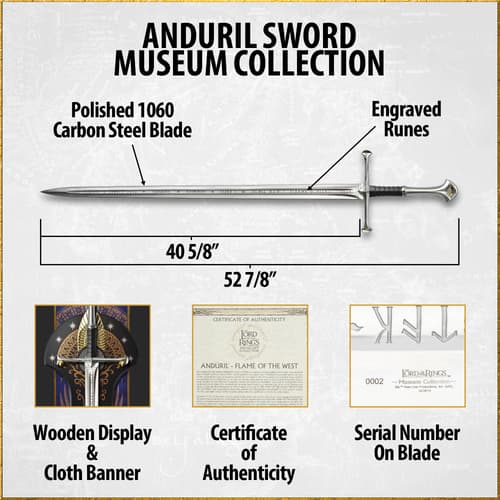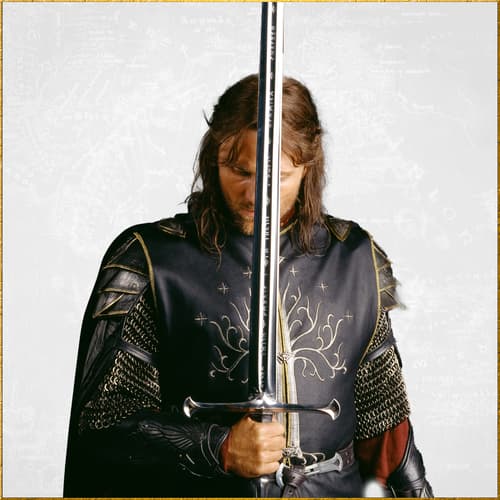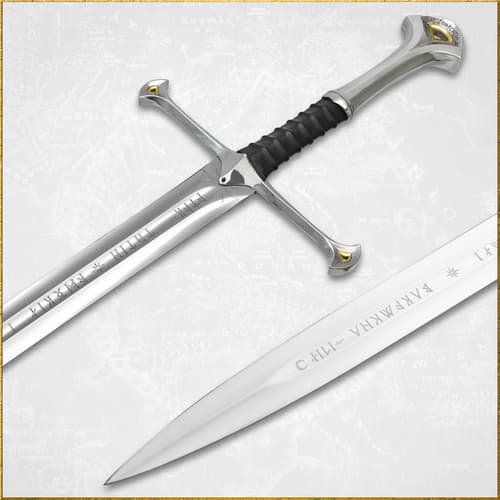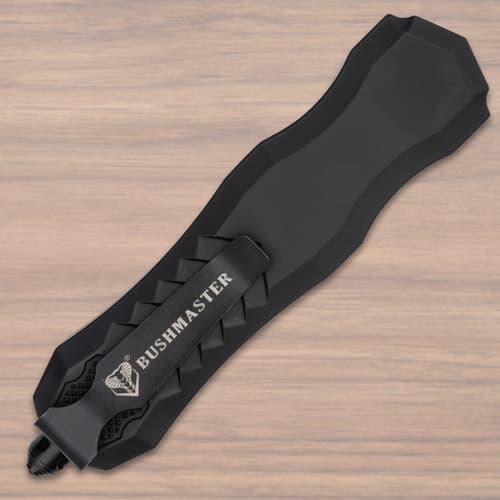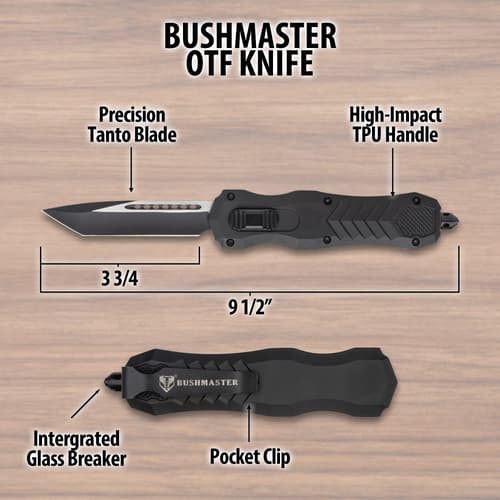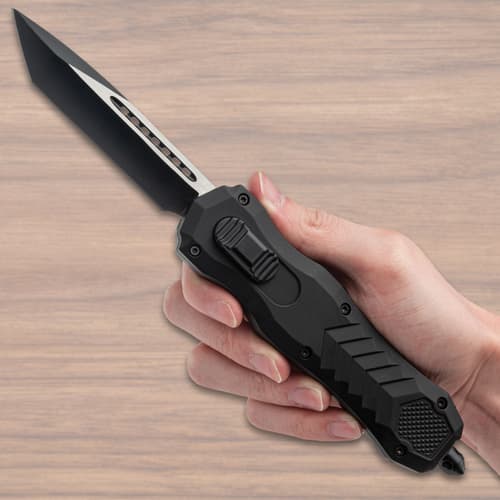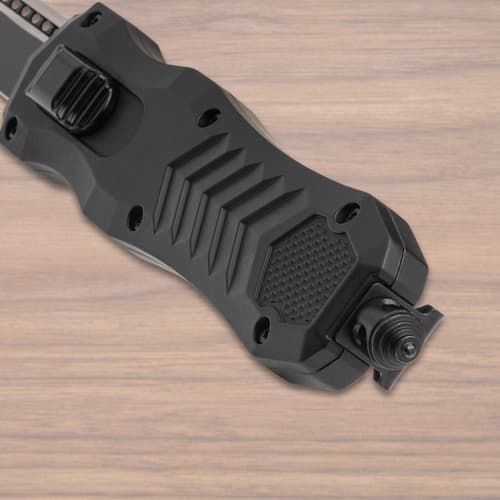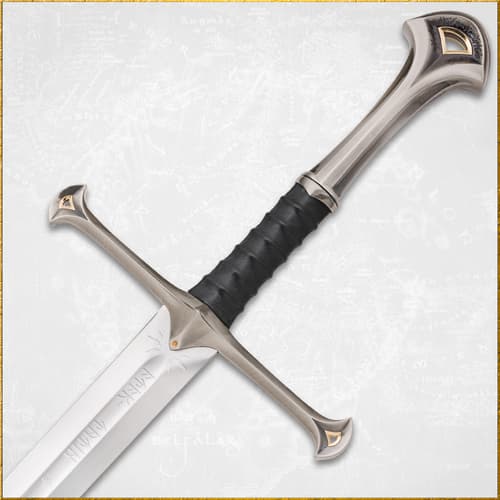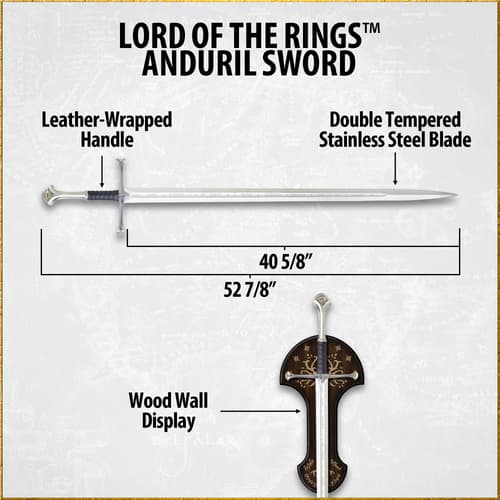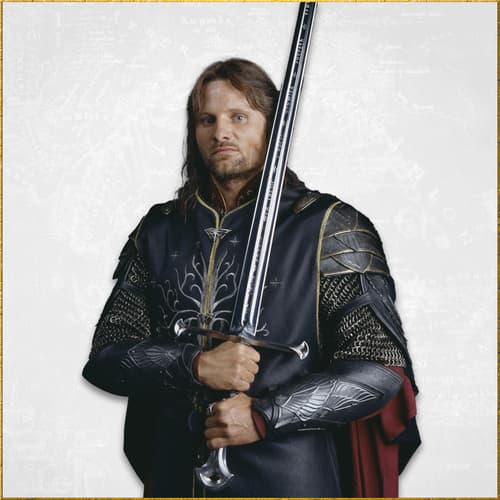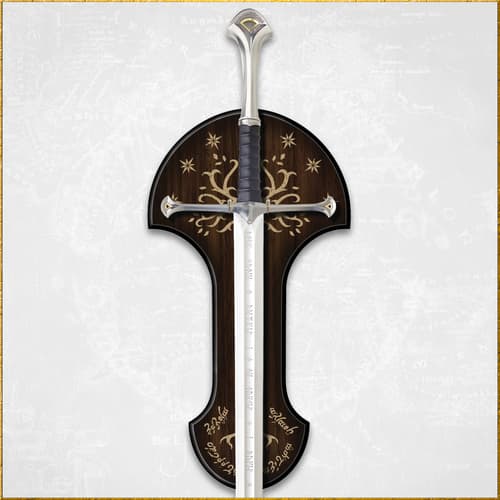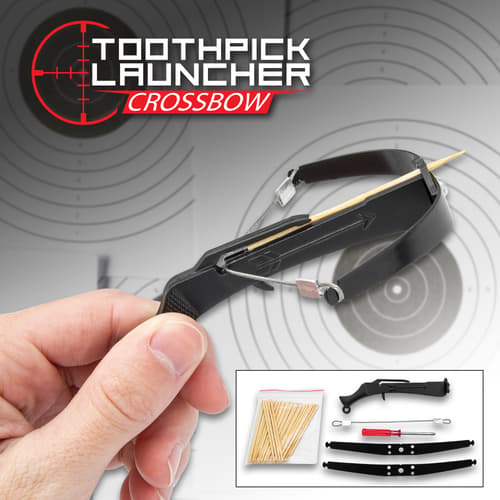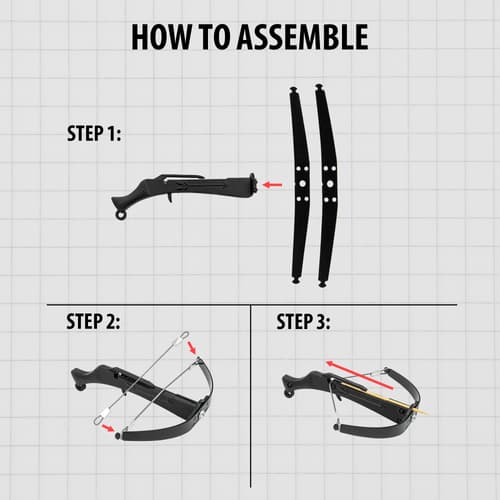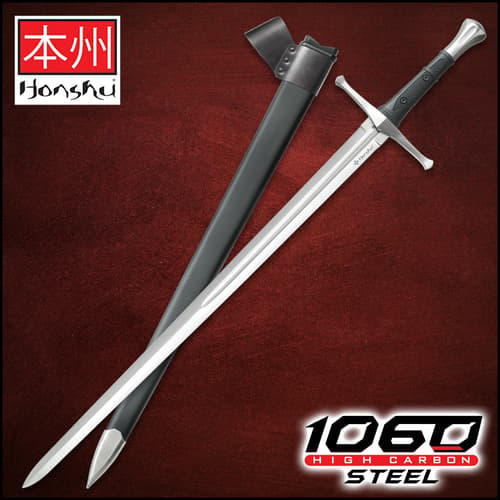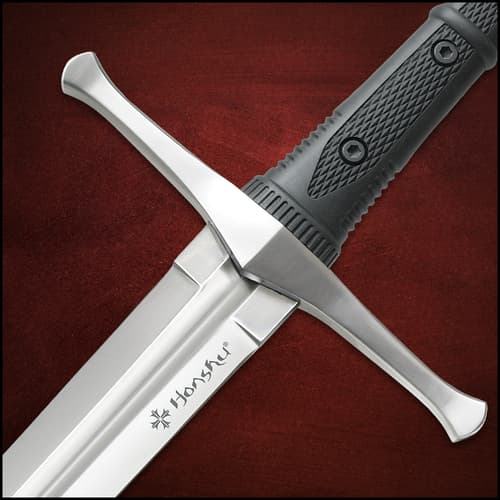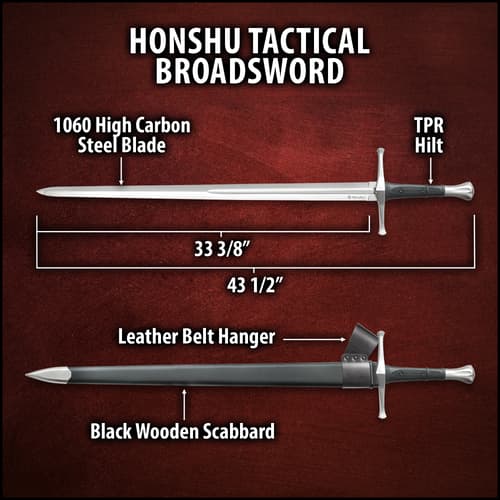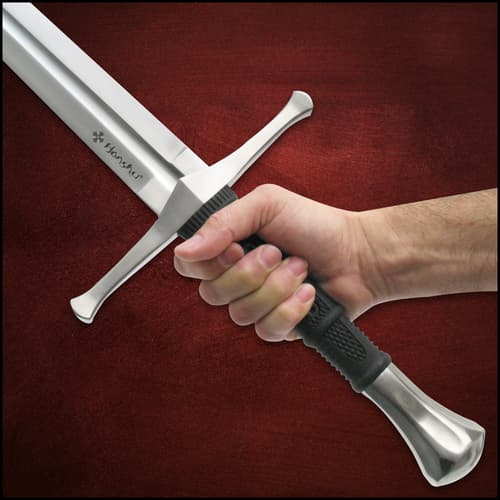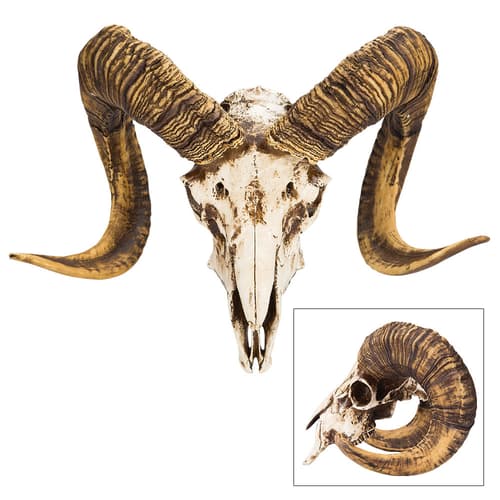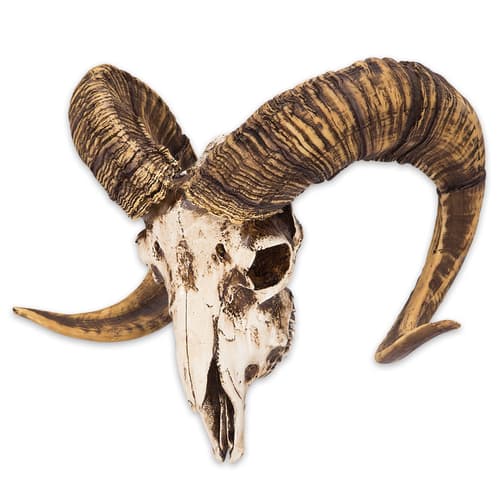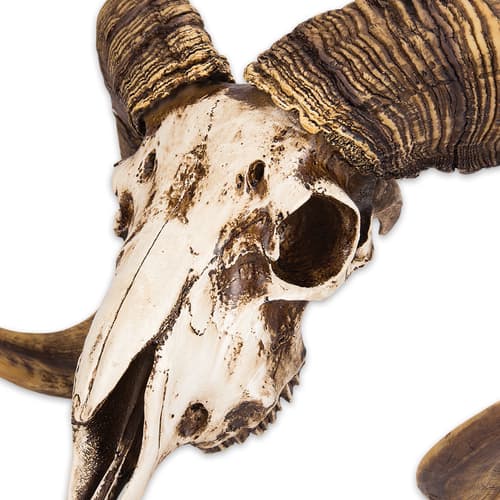Types Of Knife Blade Steel
Date Published: 2021-07-28

By Adelia Ladson
Why Is Type of Steel Important?
When choosing a knife, it is very important to consider the purpose you need it for and the tasks you need it to perform. When looking for the knife that is perfect for you, make sure you include in your decision the type of steel that will best suit your needs. Blades are made of steel but there is a variety of different “recipes” to the way the ingredients of steel are mixed together to create the desired steel grade. And it is the combinations of the ingredients in your knife’s blade that will make it the most effective for what you need.Ingredients of Steel
There are several ingredients used in the making of steel with the most important one being carbon. All steel will have some percentage of carbon in it because it is a hardening element and will reduce the wear, over time, of a blade. When Manganese and vanadium are added, they also make the blade harder. Chromium is used to increase the strength of a blade and also as an anti-corrosion ingredient. You will find that your stainless steel knives are the best at staying rust free with little amount of maintenance because they have the highest chromium content. Copper is also used to combat corrosion. Other ingredients include silicon, cobalt and phosphorus to improve strength; nickel to add toughness; sulfur to increase machinability; and tungsten to increase wear resistance.Types of Steel
The categories of steel which most blades fall into are stainless steel, high carbon steel, D2 tool steel and Damascus steel. Here is a break-down of the qualities each type of steel has.Stainless Steel
Stainless steel is the most rust resistant of the three types because it has a minimum of 12% chromium in it, which is an anti-corrosive ingredient. The more rust-resistant your blade is, the less you have to worry about the maintenance of it. As always, though, if you abuse your knife or sword, it will eventually rust. Stainless steel is great for diving knives because of their exposure to the corrosive properties of saltwater. Also, as you know, kitchen knives are made of stainless steel, as well as, utensils. Although, stainless steel blades can be sharpened, they don’t hold an edge as well as blades of other materials, but they are a great cost effective choice for a good pocket knife. The higher end of this type of steel is 440C, which has a carbon content range between .95-1.20%, making it the most wear-resistant stainless steel. If you are looking for a display sword, only, stainless steel is an excellent choice as it will look pristine for just about forever.Gil Hibben Old West Toothpick Bowie
No one knows how to design and build a knife better than Gil Hibben. He has a history of designing highly capable fixed blades that are also incredible display pieces. His Old West Toothpick Bowie, which was commissioned by Sylvester Stallone for “The Expendables” film, is an exceptional example of a must-have stainless steel knife. Using the highest quality, mirror-polished stainless steel to craft the blade and adding gold-plating on the spine, Hibben combines strength and visual appeal. The bowie has a classic hardwood handle and an oversized stainless steel guard and pommel. It also comes with a genuine leather belt sheath for storage and carry.High Carbon Steel
Like its name, this type of steel has a much higher content of carbon than stainless. The more carbon added, the harder the blade and the less wear over time a blade will sustain. High carbon steel in the 1045 to 1095 range are used for knife blades. So, 1045 has .45% carbon content and more manganese while 1095 has .95% carbon content and less manganese, which makes 1095 more wear-resistant. Blades made of high carbon steel can be sharpened to a nice edge and will keep a sharp edge longer, but extra maintenance needs to be taken into consideration. You have to take care of them by making sure they are wiped clean after use and kept in a relatively humidity-free environment. Regular coats of a light oil like sewing machine or gun oil can be applied to prevent moisture from damaging the blade. Professional grade kitchen knives are made out of high carbon steel, as well as, a variety of fixed blade and pocket knives. If you buy a knife with this type of blade, be sure to store it well and you should have no problem. Functional swords are also made out of this type of steel but, once again, must be maintained to keep them rust-free.Bushmaster Tracker Knife
One of my favorite high carbon steel knives is the Bushmaster Tracker Knife. The hefty, full-tang blade is made of 1095 carbon steel with with an aggressive sawback and thumb jimping. The blade makes quick work of all your slicing, cutting and light chopping needs. The comfortably curved wooden handle scales are secured with brass pins and feature thumb jimping. And bonus! A premium leather belt sheath is included. The Bushmaster Tracker Knife will be your right arm when you’re out tracking your quarry in the wild.D2 Tool Steel
D2 tool steel has a carbon content of 1.5% to 1.6% and a high chromium content, which is less than what might be classify it as stainless steel. It is much tougher than most stainless steels, but not as tough as most of the other tool steel. The high percentage of chromium makes it fairly rust-resistant, and it is also extremely wear-resistant and heat-resistant. Because of this, D2 tool steel is commonly used for high-wear, high-heat applications like making dies, tools, gauges and shear blades. It’s popular as a knife blade steel for its wear-resistance and great edge-retention, although, it is a little more difficult to sharpen and hard to mirror-polish.Mavrokniv Leviathan Pocket Knife
The knife that best represents D2 tool steel, to me, is the Mavrokniv Leviathan Pocket Knife. It has a brawny blade profile with sharp lines and purpose-driven form, making it an efficient and effective cutting and slicing tool. Of course, “tool” being the key word. The razor-sharp D2 tool steel, reverse tanto blade can be smoothly accessed with a cutting-edge ball-bearing mechanism. The advanced engineered pocket knife has aluminum handle scales that are heavily grooved with a CNC finishing process. Crafted with premium materials using technically advanced methods, the Mavrokniv Leviathan is ready for anything!Damascus Steel
Tracing its roots back thousands of years, there’s no definitive word on where Damascus steel came from, but the most common explanation is that it’s named after the city in Syria, where it was imported to from Southern India and used to forge swords. There is also some debate on the actual “recipe” of Damascus steel but what is known is that it was an ultra-high carbon crucible steel, which was made by melting cast iron, iron, and sometimes steel, along with sand, glass, and ashes in a crucible. The Modern Damascus used in swords and blades today are forged using a technique of forge-welding from several different pieces, producing the water-like pattern in the steel and the blade strength that’s similar to the original ancient Damascus steel blades. Iron slices and several types of steel are layered and forged together to form a billet and then, it’s drawn out and folded in a process that produces hundreds of layers and the signature wavy look of the steel. Because it has a high percentage of carbon, Damascus steel is very hard, yet it is also flexible, which makes it perfect for making swords. A Damascus blade can be sharpened to a razor-edge and will hold its edge longer than other blades, which makes it very appealing for knife blades. However, just like any high carbon steel, more care needs to be taken of the blade so that it stays rust-free.Timber Wolf Custom Stag Damascus Steel Bowie Knife
The Custom Stag Damascus Steel Bowie Knife really illustrates that regardless of how beautiful the steel is, it can be crafted into a formidable cutting instrument. Timber Wolf continues its proud legacy of superb craftsmanship and quality with this traditionally styled fixed-blade bowie knife, featuring heavy construction with a hefty Damascus steel blade. The oversized clip point blade is razor sharp with a deep blood groove and piercing tip. The custom-designed handle is crafted of genuine stag and handsomely embellished with a polished brass-plated guard and pommel and brilliant brass pins and spacers. Colorful wooden inserts complete the handle. Store and carry it in the top-quality genuine leather belt sheath.$66.99 $49.98
